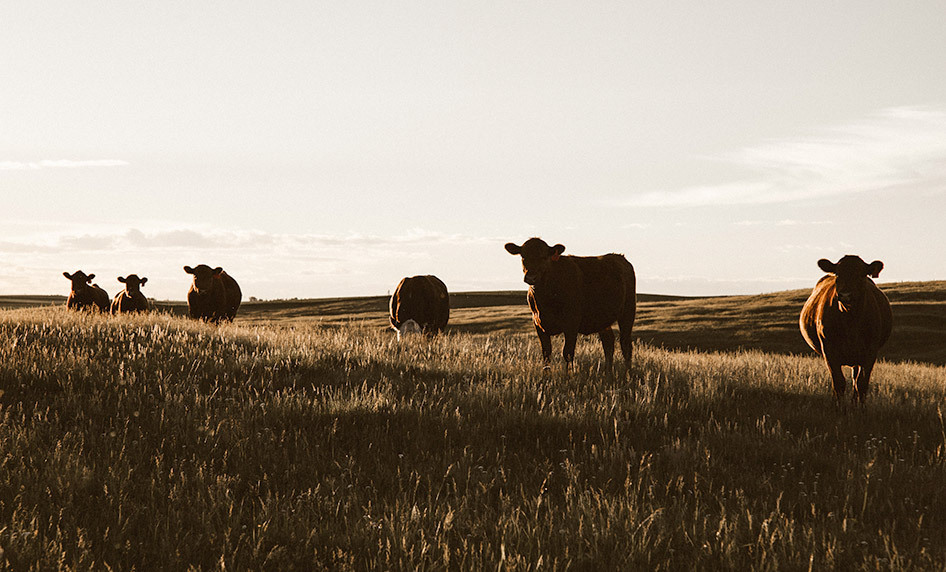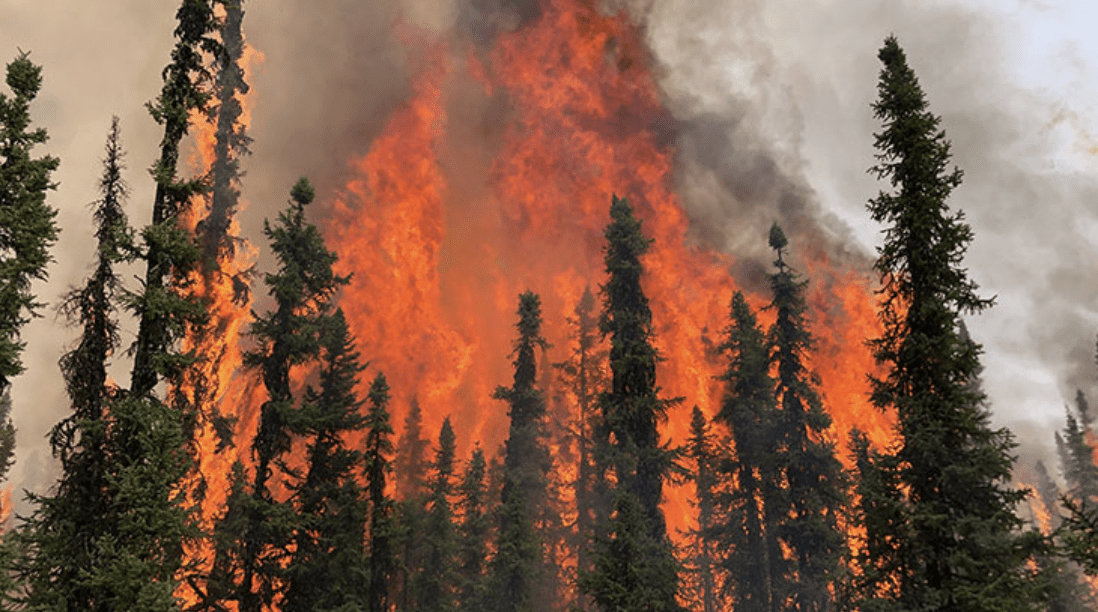The “Fire Information for Resource Management” online map for June 5, 2023 was provocative. At this point active wildfires larger than 1,000 acres were much bigger and more widespread in Canada than in the United States. (Two days later the smoke from wildfires in Canada — especially in Quebec — had drifted all the way to New York City — and other US centres in the northeast and midwest.)
It could be argued that this just reflects the extent to which there are still a lot more forests left to burn in Canada, with a destructive human population equivalent to only 11.5% of the 330 million destructive human beings in the USA today.
At the same time, on June 5, 2023 federal cabinet ministers updated Canada’s wildfire situation — as smoke from fires north and west of Ottawa covered the downtown “in a grey haze.”
The ministers urged that wildfires across the country are among “the most severe ever witnessed in Canada.” Forecasts suggest “higher-than-normal” activity” for the next few months. On the late afternoon of June 6 there were “415 active wildfires across the country” with 238 “considered out of control.”
According to the Forest Service of the US Department of Agriculture, over the past few decades: “Longer fire seasons; bigger fires and more acres burned … have become the norm.” Even so the Canadian Interagency Forest Fire Centre in Winnipeg reports that 2023 in Canada is “definitely an unprecedented season … It started early and it accelerated very quickly.”
Constitutionally, provincial governments have responsibility for the “development, conservation and management of … forestry resources in the province.” Disasters like the Canadian wildfires of 2023, however, can soon enough outstrip resources even in large provinces.
Prime Minister Trudeau has so far dispatched Canadian Armed Forces troops to help fight wildfires in Alberta, Quebec, and Nova Scotia .
Federal officials suggest that: “About half of fires in Canada” are started by lightning. Yet they must equally be fought by non-destructive human fire fighters (including much valued help from other countries with different fire seasons — and American good neighbours next door).
Some Canadian Armed Forces officers stress that their troops are not trained to fight forest fires, and this may not be a wise use of military personnel. Other observers have proposed an independent federal fire-fighting service.
The federal government itself is reported to be “studying options for creating a new national disaster response agency” — that would deal with wildfires and all other natural disasters.
According to The Canadian Press: “discussions on a new approach are already well underway and include analyzing the merits of creating a Canadian version of the Federal Emergency Management Agency [FEMA] in the United States.”
Meanwhile, freshly elected Alberta Premier Danielle Smith has remarked that federal Prime Minister Justin Trudeau proved “very helpful” in dealing with wildfires in her province.
In the wake of her recent election victory she has also raised her longstanding objections to the kind of federal climate change policy that could ultimately reduce wildfires.
The rhetoric is that almost any such policy will thwart the continued development of a key current branch of the traditional Canadian resource economy. And in the real world Alberta’s (and Saskatchewan’s) oil and gas sector still does bring important strengths to the larger Canadian economy.
Yet as Don Martin at CTV News recently urged about federal Conservative leader Pierre Poilievre’s attack on an “expensive” Liberal carbon tax : “While the carbon tax could be a defining issue in the next election, his timing sucks. To focus on it with wildfires caused by climate change ravaging the country and Ottawa choking on smoke? Sorry, no.”
At the same time again, just before the Alberta election Premier Smith was talking about a “reset” and “more collaboration” with the Trudeau government in Ottawa. She has proposed such things before, and there are deep grounds for scepticism.
To see Justin Trudeau and Danielle Smith together in public is to similarly see an unusually odd couple. Yet they arguably both have strong political self-interests in some kind of new deal on the environment and the economy.
In the very end, they just may be odd enough to somehow combine a climate change policy that leads to less severe wildfires with a bright future for the western energy sectors in the traditional Canadian resource economy.






